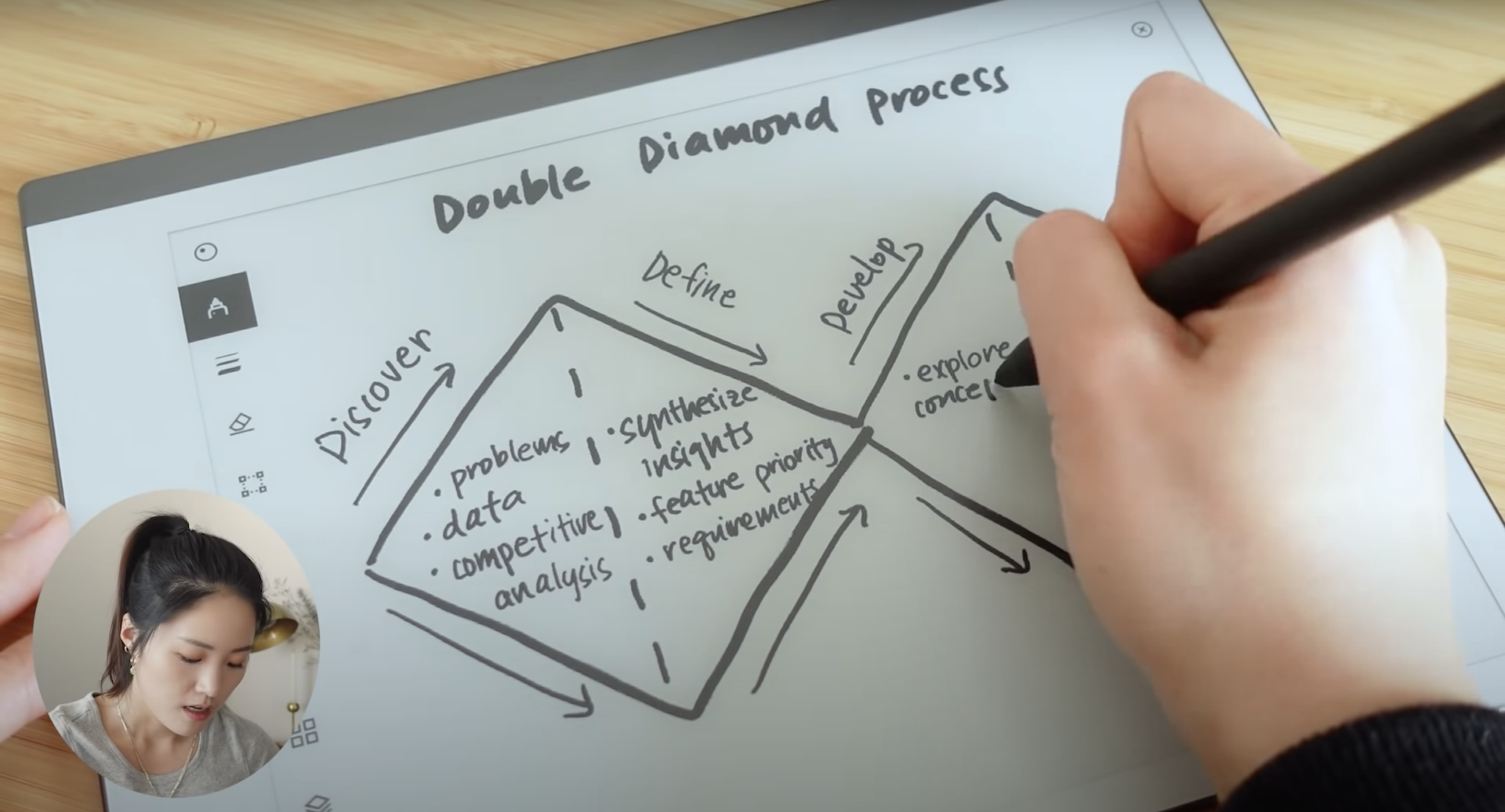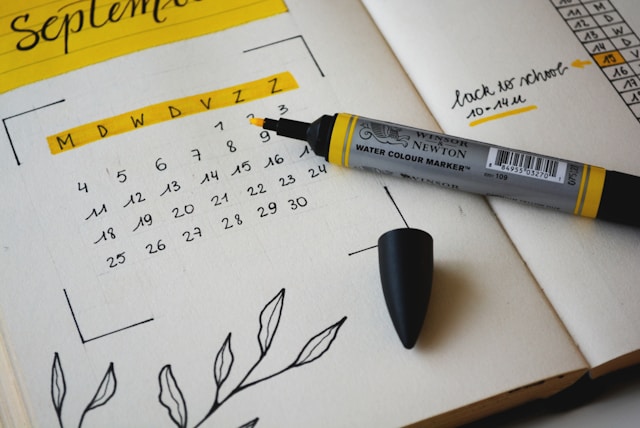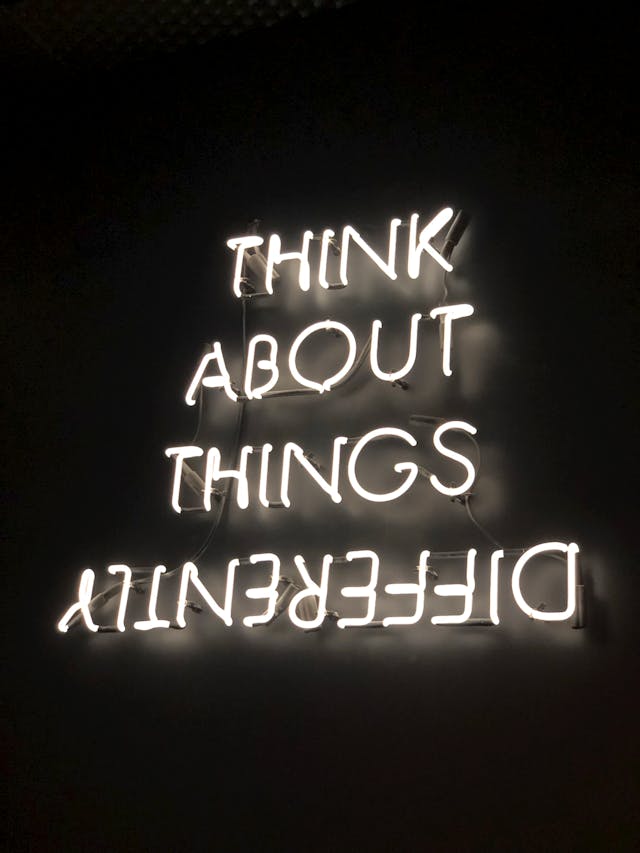Ever stopped using an app after the first few clicks because of its unintuitive interface? You’re not alone. First-time user experience (FTUE) plays an important role in product retention, minimizing barriers to entry, and maximizing active user engagement
In this article, you’ll learn:
- What FTUE is
- The differences between FTUE, out-of-the-box experience (OOBE), and user onboarding
- How to create memorable FTUEs, with examples from Ghost, VEED, Canva, and Instagram
What is FTUE?
First-time user experience is a user’s initial experience or interaction with a product. It includes the first steps that a user needs to do to use an app, such as creating an account, paying a subscription fee, filling out personal details in a registration form, and so on.
The role of FTUE research is to increase your overall retention rate and reduce drop-offs.
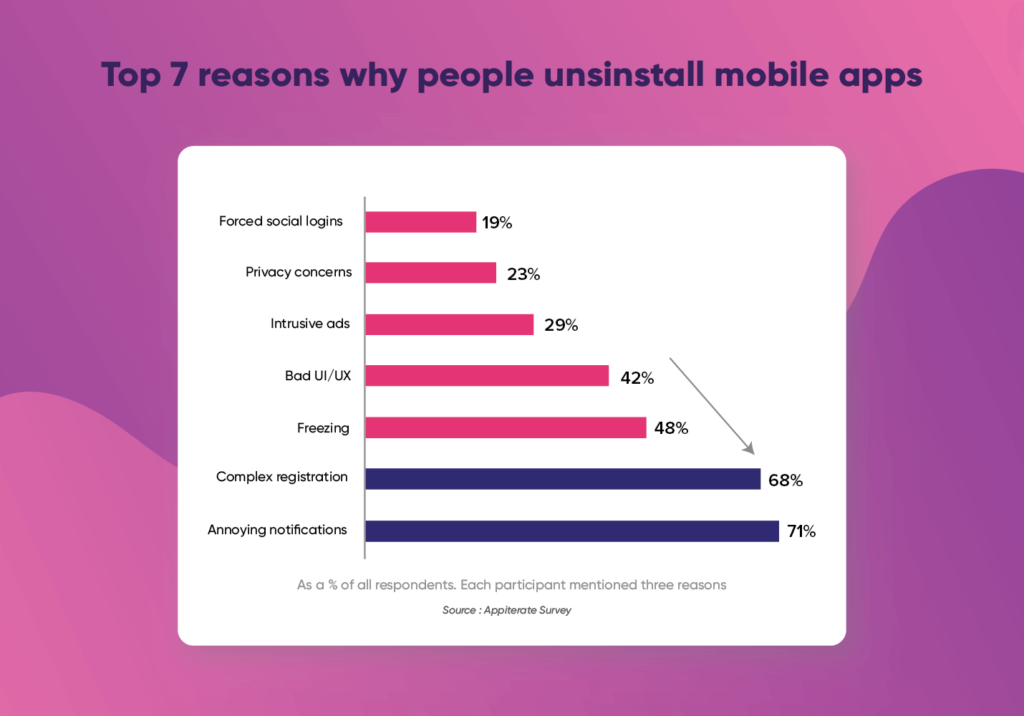
As you can see in the graph above, a complex registration process which requires an excessive amount of personal details is one of the main reasons people uninstall mobile apps, at 68%.
FTUE, OOBE, and user onboarding: What are the differences?
In a nutshell, out of the box experience (OOBE) happens before FTUE, and user onboarding can happen during and after the FTUE.
Out of the box experience (OOBE) is about the initial setup of the product. For hardware, this can involve the experience of unboxing and activating the product for the first time. For mobile apps, this can include the app store listing details, instillation, etc.
User onboarding includes the guided steps that a user undertakes when using a feature for the first time. The first-time experience can include user onboarding. That said, user onboarding flows can also happen with new feature releases, redesigns and other product updates that change the way a user interacts with the product.
Is a detailed user onboarding experience filled with coach marks necessary for an unforgettable first-time user experience? Not really.
In fact, according to research done at the University of Washington, simple products should minimize their onboarding experience as much as possible. On the other hand, more involved onboarding flows can be beneficial for products with steep learning curves (more on this later).
Creating an unforgettable first-time user experience with real-life examples
Delivering an unforgettable first-time user experience relies on:
- Making the first steps as seamless as possible
- Understanding why people wanted to use your product in the first place
- Figuring out how to highlight and optimize your conversion points
You need to make your first-time experience as easy and frictionless as possible, especially if your app caters to a wide range of people. Why? Because any initial obstacle faced by users might give the impression that your app will be difficult to navigate for people like them. This leads to drop-offs.
Delay your registration process until required
If your product is free/freemium, you might want to allow first-time users to be able to use your tools without signing up. This can positively affect your user adoption rate as people more familiar with what you offer are more likely to convert after their first-time experience (or even purchase your subscription).
Two SaaS companies particularly do this tactic quite well: VEED and Canva.
VEED is an online video editor which allows users to use its tools for free without having to sign up. They’re only required to sign up when they want to save their progress.
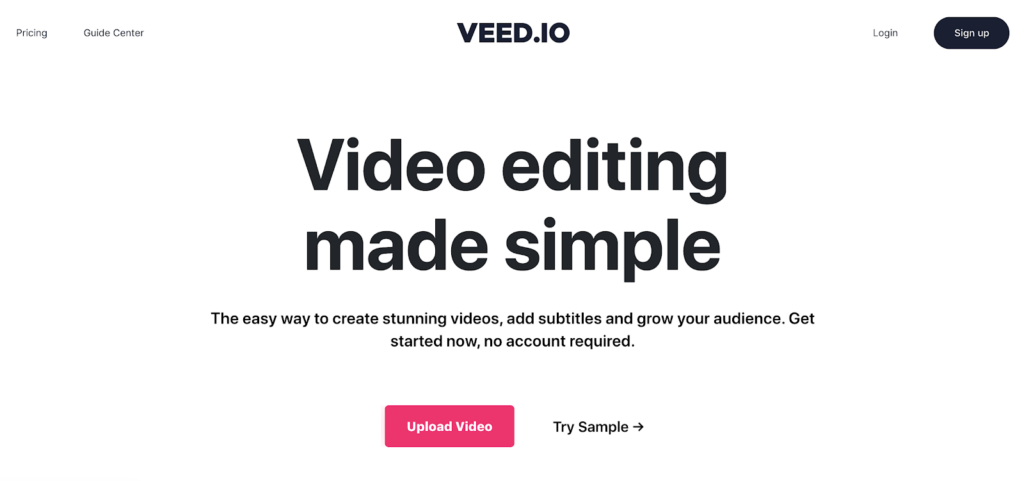
Even then, their registration process is stupidly easy and only requires your email.
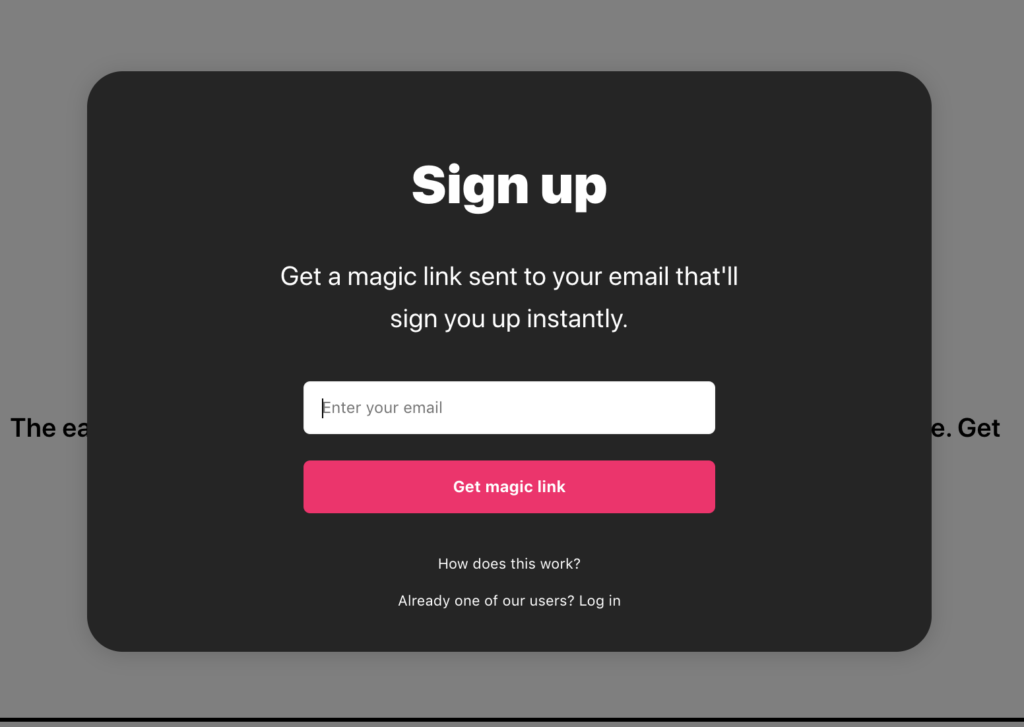
Canva is a graphic design platform which uses a similar workflow to entice people into trying out the editor. In fact, it’s homepage is full of templates to lure users in.
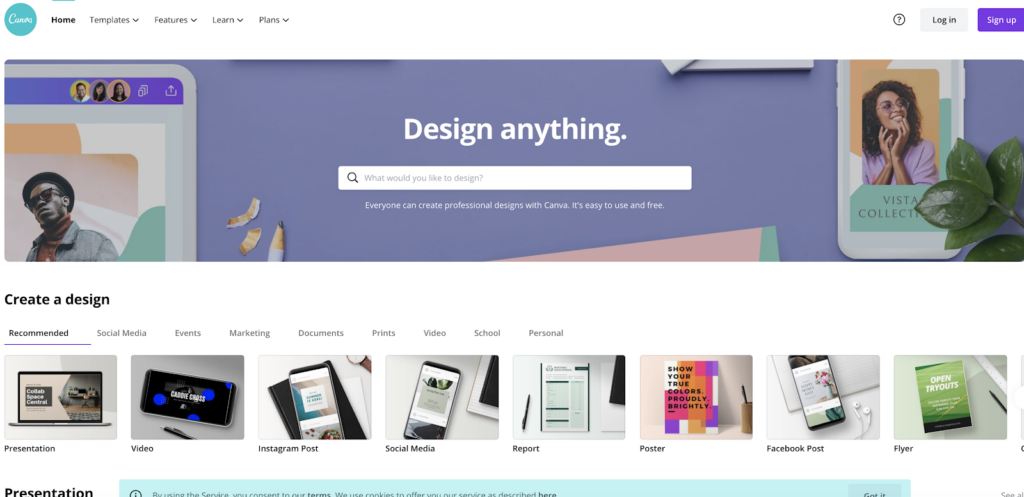
Clicking one of the templates leads to its editor.
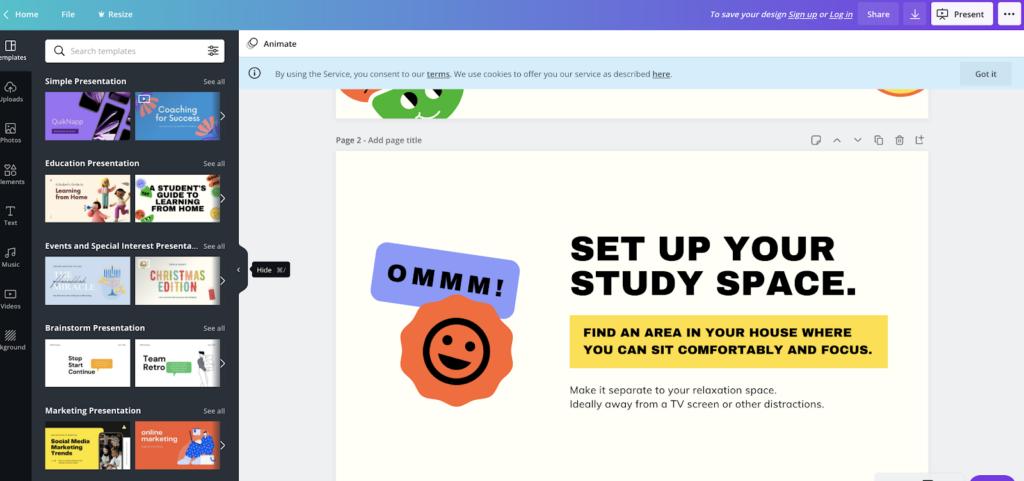
Like VEED, the lure here is repeat usage. If you want to save your project, you’ll need to sign up.

Both companies also have an effective marketing playbook that helps them reach more clients and expand their digital presence through search engine optimization. After these thousands of searchers find them through Google, they can instantly start a new project through the landing page. Here’s a landing page from VEED.
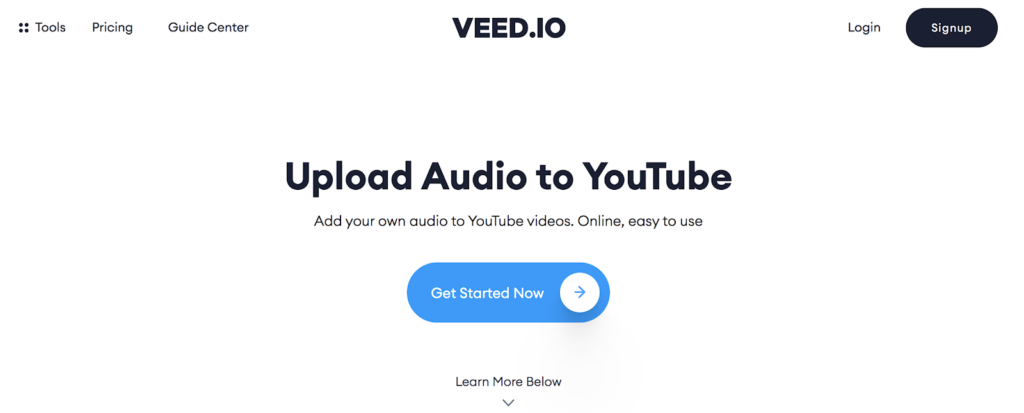
Understand why people are initially drawn to your product — and make sure the FTUE there is seamless
Focus on the aha moment — the point at which users realize the value from using your product — capitalize on it, and make sure that the FTUE there is as seamless as possible.
For Canva and VEED, one of their key selling points is their ease of use over clunkier design editors with bloated interfaces that require a steep learning curve. The initial aha moment happens when users finish designing their image or video and realize how easy that process was.
Of course, many different aha moments will need to occur after the FTUE to turn users into loyal fans, but a seamless FTUE is already an important first step for them to engage with what you have to offer.
Content is the kingdom
Other times, people want to join a social media platform to engage with the community… and to see pretty photos. Instagram knows that the main reason that people join the platform is to follow various accounts and see their photos & videos.
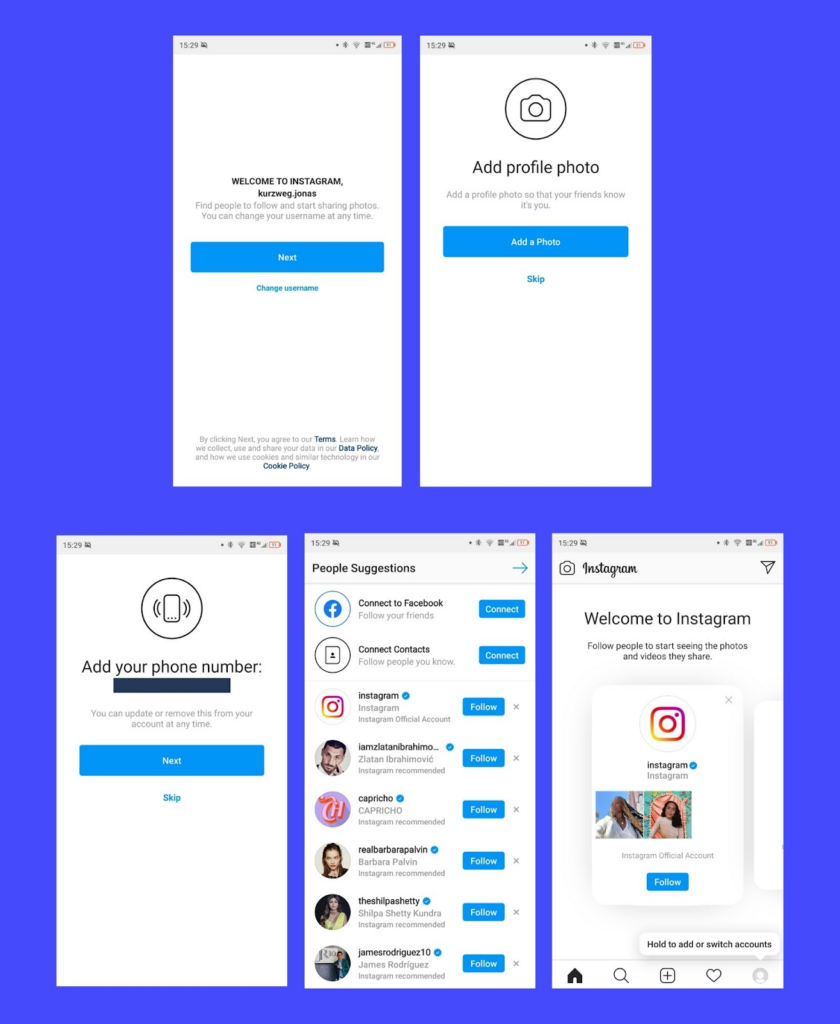
Just a few taps after registration, users are immediately greeted with suggestions on who to follow. This is a masterful use of the FOMO principle (fear of missing out).
After all, people don’t use Instagram because they like being on the platform. They use it to browse through photos & videos and to interact with their friends or influencers (e.g. celebrities, public figures, and so on).
The FTUE here is predicated on delivering relevant content to consume ASAP. Instagram’s flow is fundamentally based on maximizing content engagement, and almost every single relevant page on the app leads to content consumption.
The Feed and Stories let you see posts from people you follow, the search page shows you relevant content based on past engagement, the post content button is prominently displayed in the bottom-middle part of the app, and so on.
Consider a guided onboarding experience to boost conversions… by up to 1000%
All right, I’m overselling this. For apps with simple UI’s and singular purposes, you shouldn’t use a guided onboarding experience. Your app should be so intuitive and easy to navigate that an onboarding experience tour isn’t warranted.
For more complex apps, a guided onboarding experience with coach marks can significantly boost conversions. Simply put, when there are so many features in the interface competing for attention, you want users to be able to figure out the features that will be most beneficial to them.
Ghost knows this extremely well. By adopting a guided first-time onboarding tour that helped users figure out how to add a custom theme, they improved conversion efficiency by +1000%.
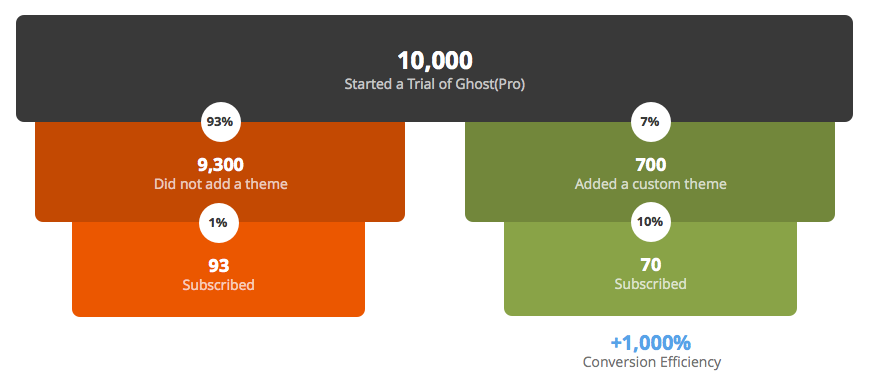
This guided onboarding tour meant making the first-time experience more interactive. Adopting gamification tactics, the FTUE involves completing a checklist to correctly set up a domain with Ghost, adding coach marks to explain various features, and displaying a progress bar toward completion:
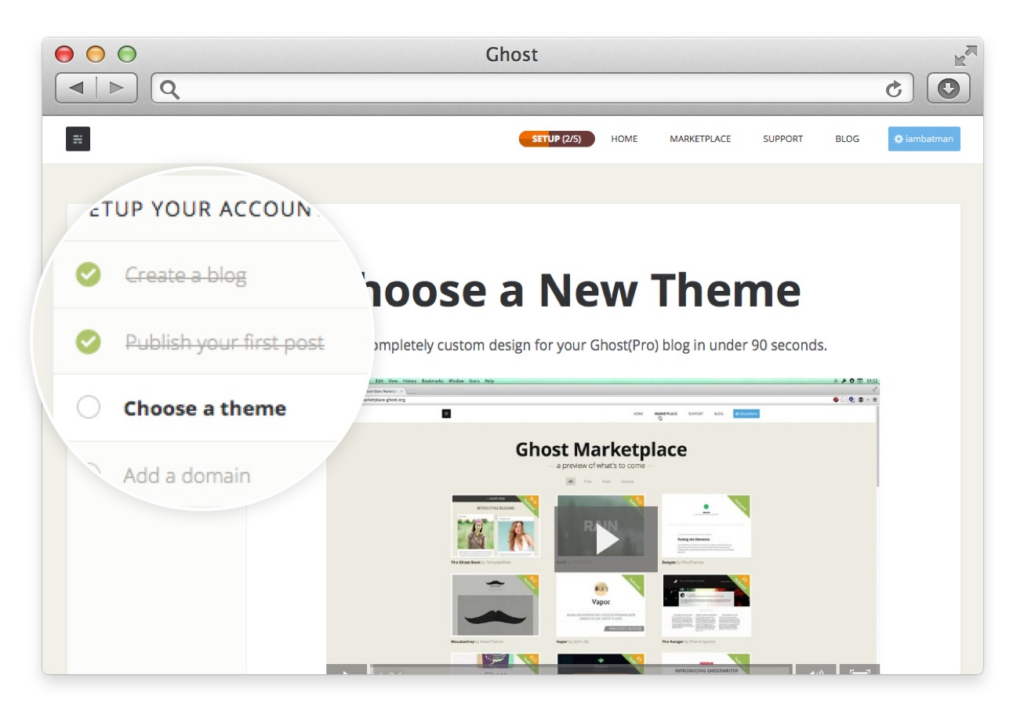
To figure this out, you need to analyze your analytics — both in product and marketing — and see how people engage with your platform and features.
An unforgettable first-time user experience can lead to long-term retention
First interactions can lead to lasting impressions. Having an unforgettable first-time user experience will not only help you reduce drop-offs, but also increase your retention rate.
A great product onboarding process is one that users can understand. When they’re using your product for the first time, you want them to have the impression that your product will be easy for them to use repeatedly.
A well-designed first-time experience is essentially a way to allow first-time users to fall in love with your product.
Julian Canlas is the founder of Embarque, a premium content marketing agency., Feel free to reach out to him via email at [email protected] or on Twitter @jic94.



